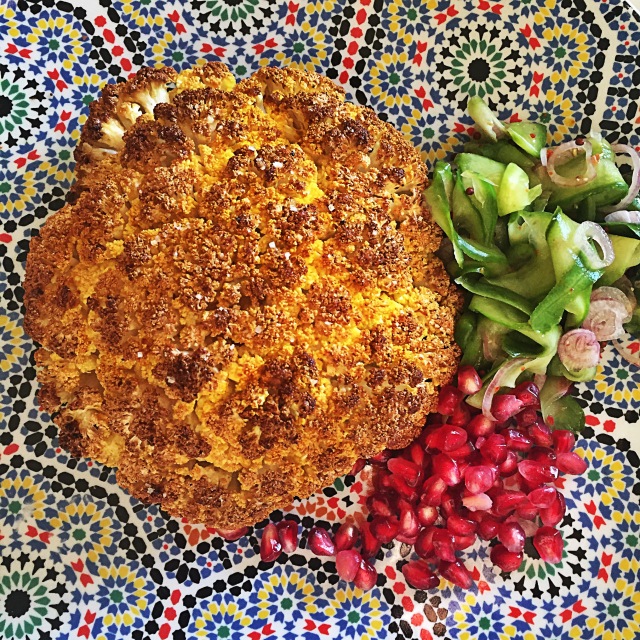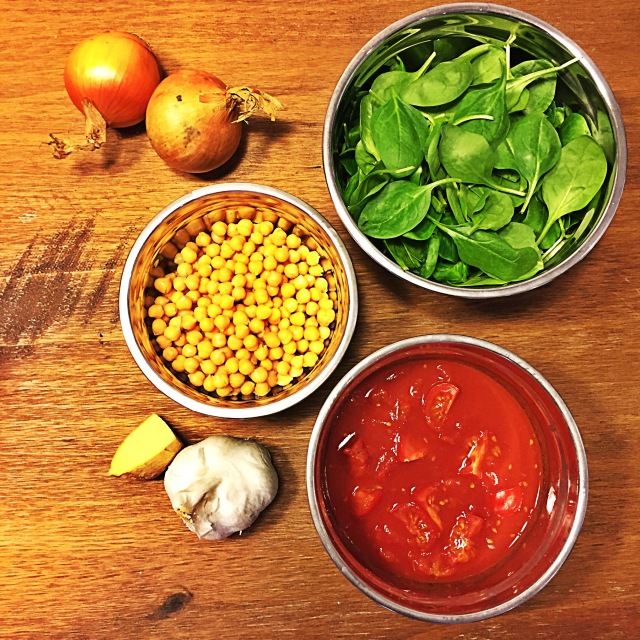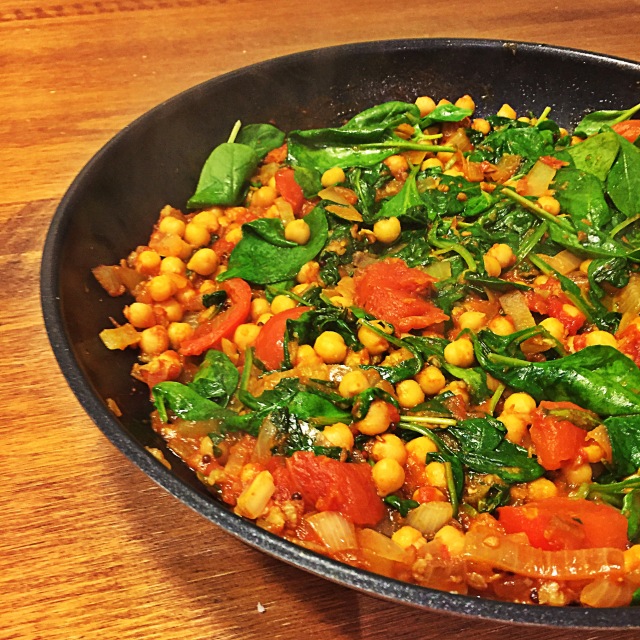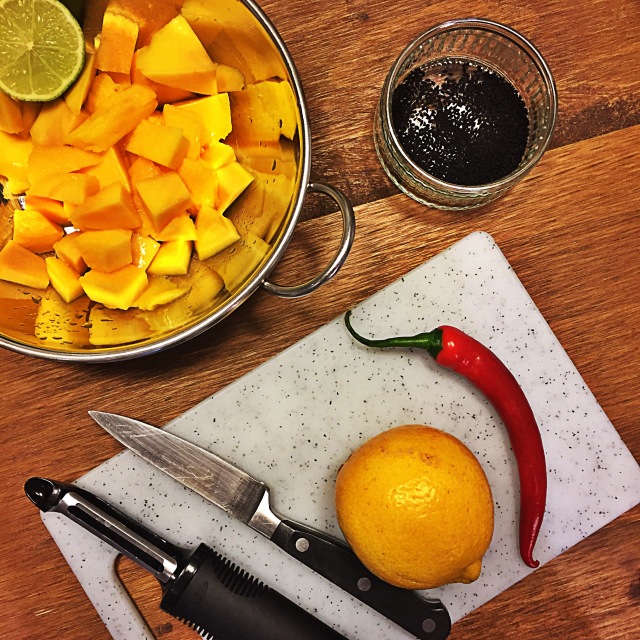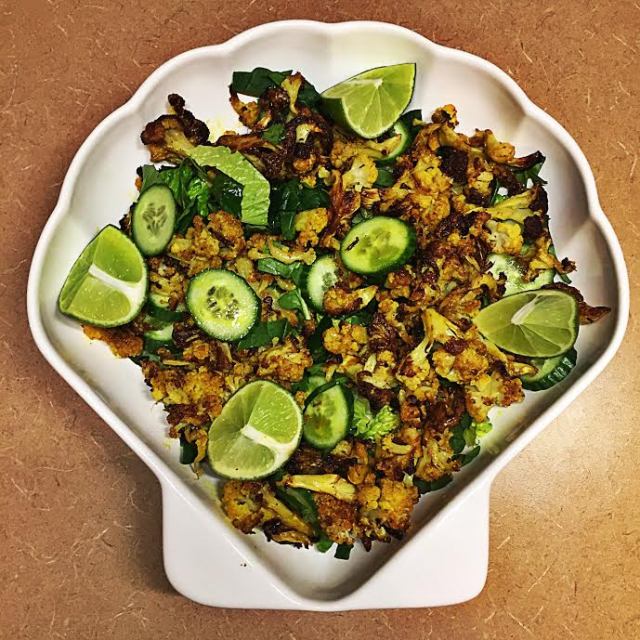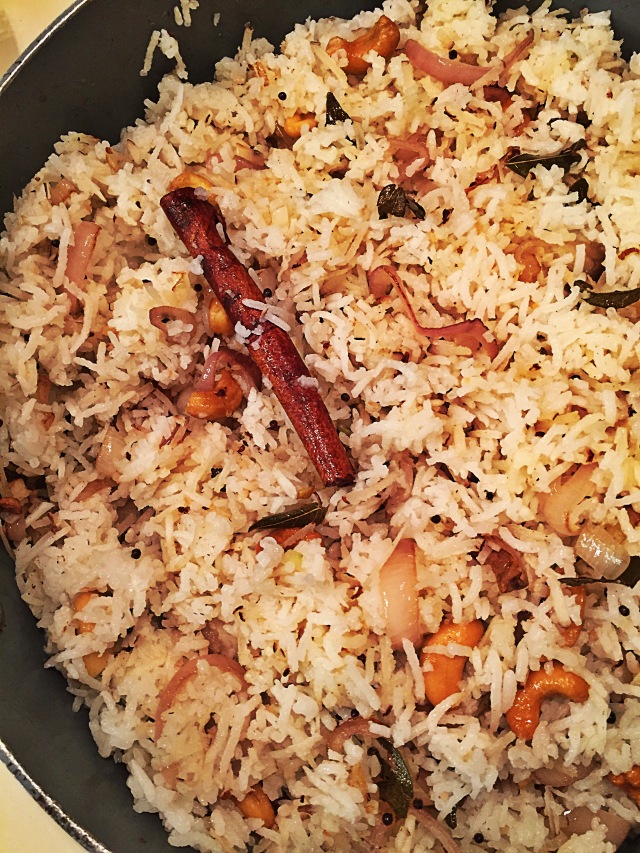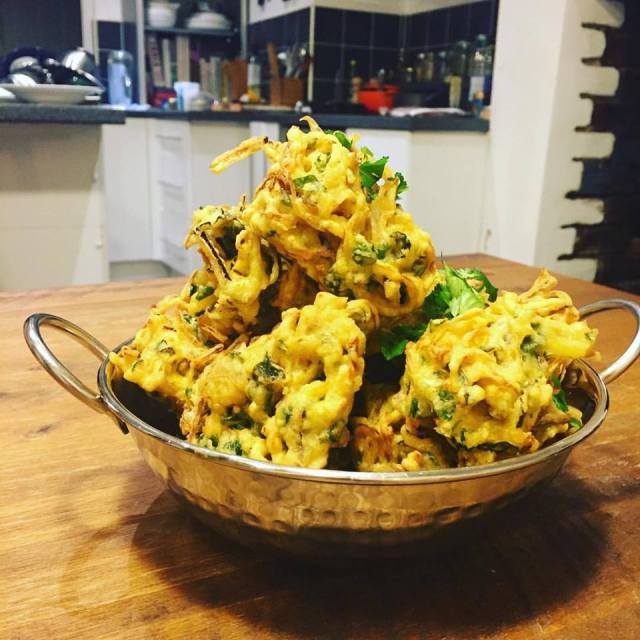
Kale has been enjoying a golden moment for some time now. Some might say kale is one of the trendiest health foods out there; everyone from chefs to athletes to celebrities have been celebrating this incredibly healthy leafy vegetable. Whether you’re bored of kale, or never liked the taste to begin with, have you ever though it might be time for kale to step aside and let another leaf have its moment to shine?
According to the Centre for Disease Control, who analysed nutritional content of 47 fruits and vegetables and tanked them according to nutrition concentration (ie: how much fibre, proteins, potassium, vitamins and minerals they contain) kale did not make it to the top of the list—not even close. In terms of Nutrient Density kale scored an unimpressive 49.07/100, ranking below other leaves such as Romaine lettuce, parsley and spinach.
Right at the top of the list, with a perfect score of 100/100 for nutritional density: Watercress. These leaves are packed with vitamins and minerals proven to inhibit a range of cancers such as breast and prostate. It’s packed with anti oxidants that promote healthy vision and cardiovascular strength and is high in bone-strengthening vitamins K and A.
Watercress is a peppery and juicy leaf, and tastes slightly like rocket with a bit more of a punch. It’s distinctive taste pairs really well with earthy root vegetables and bright citrus flavours.
_________________________________
RECIPE:
Using a mandolin or sharp knife, very thinly slice beetroot (assorted colours if possible) and radishes. On a large platter or board, arrange a layer of watercress leaves, the beetroot and radishes, and top with another scattering of leaves.
In a small bowl whisk 2 tablespoons of yuzu* 2 tablespoons of sesame oil and 1 heaped tablespoon of honey. Add plenty of freshly grated ginger and season with salt and pepper. (you may need to add a bit more honey as the yuzu can be quite bitter and tart!).
Spoon the vinaigrette over the salad and finish with a sprinkling of black sesame seeds.
*Yuzu is a Japanese cooking ingredient that is becoming more widely available in British grocery stores. It’s an extracted juice from a Japanese citrus fruit with a distinctive taste and very high levels of Vitamin C. It’s slightly sweet, tart and bitter with hints of orange, grapefruit and lime flavours.




